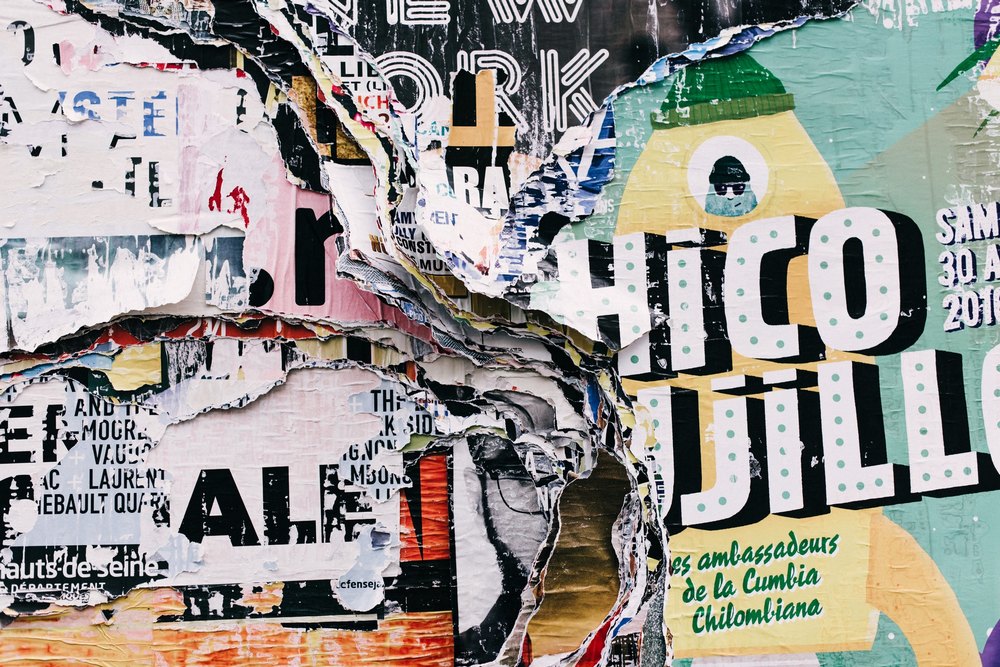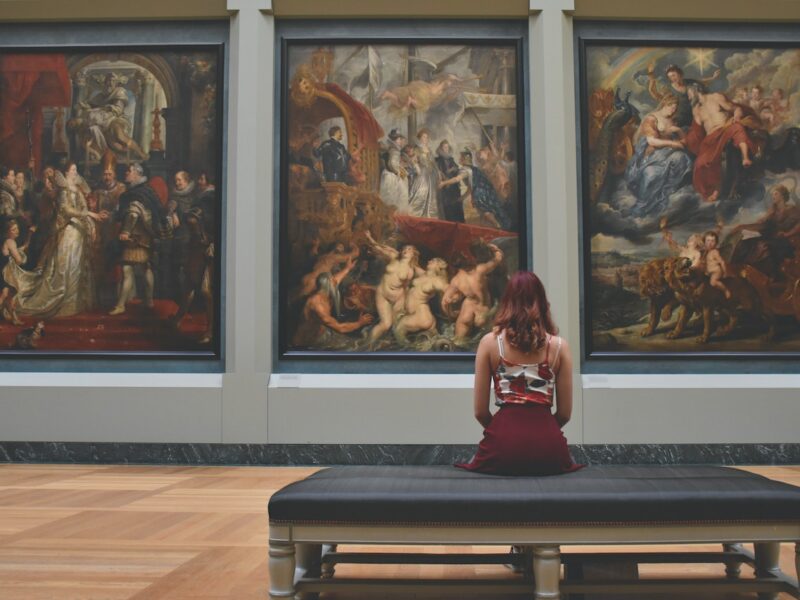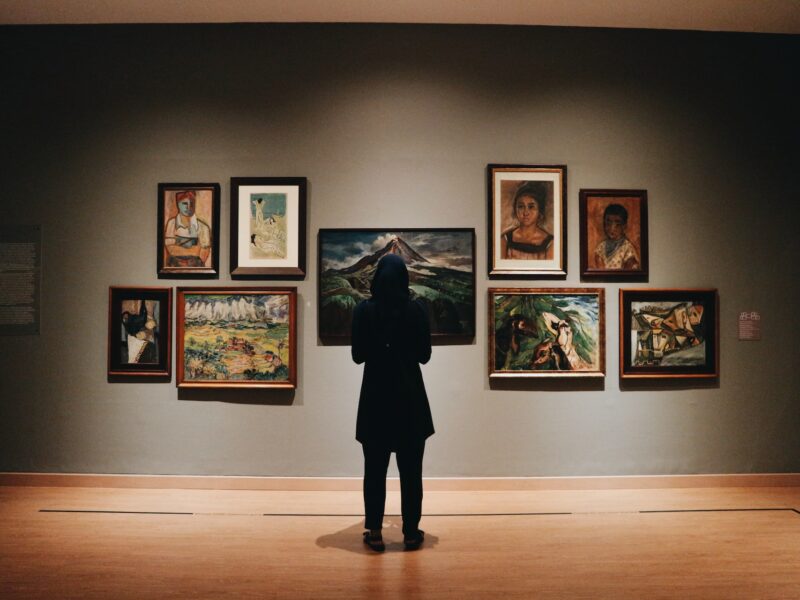The museum’s founder, wealthy heiress Gertrude Vanderbilt Whitney became interested in art after visiting Europe in the early twentieth century. She even began to take sculpture lessons, and not from anyone, but from Auguste Rodin himself, and even became a fairly successful sculptor, whose works are installed in the United States and Europe. But most of all she became famous as a patron of the arts, helping artists. In fact, the museum, to which Gloria donated seven hundred works from her collection, grew out of a showroom for aspiring American artists. Since then, the collection has increased tenfold – now more than twenty-three thousand works of art by three thousand American artists are stored and displayed here. Among them are both the undisputed stars, such as Mark Rothko, Alexander Calder, Cindy Sherman and Marina Abramovic, and those who are still proving their right to be mentioned in art history.
Not long ago, the Whitney Museum moved into a new building designed by Renzo Piano in Manhattan’s Meatpacking District, while the Metropolitan Museum of Art took over the old one.
In addition to temporary exhibitions, the biennial Whitney Biennial, which showcases the most progressive American art, is held here.
Unimpressed with what she saw as the American art scene’s obsession with European artists in the early 20th century, Gertrude Vanderbilt Whitney founded the museum with the intention of championing the best in American art.
Opened in 1931, the Whitney Museum of American Art has long earned a reputation for selling works by the best hopeful artists in the United States, with an emphasis on living artists.
All the big names are represented at The Whitney: Andy Warhol, Jasper Johns, Georgia O’Keefe, Edward Hopper, Mark Rothko, Cindy Sherman, Alexander Calder and many others.
Highlights include Dempsey and Firpo (1924)George Bellows’ immersive shot of the 1923 prizefight between Jack Dempsey and Luis Angel Firpo; Three Flags (1958)Jasper Jones’ rattling stack of American flags; and Early Sunday Morning (1930), Edward Hopper’s iconic image of 7th Avenue, New York.


